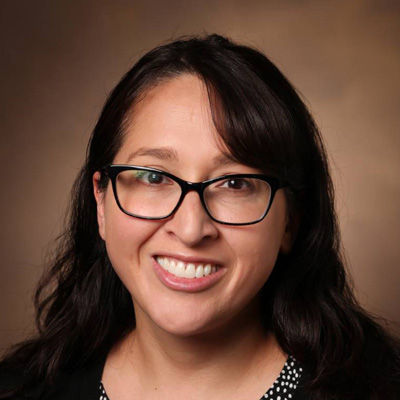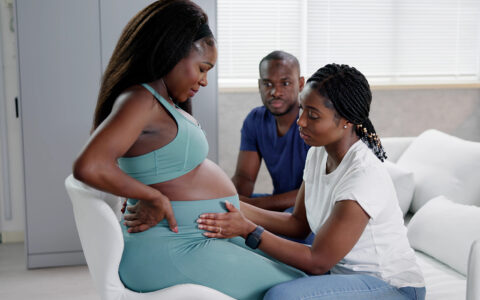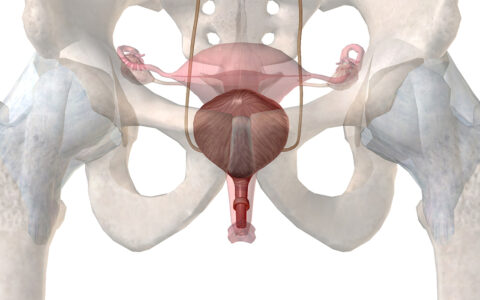Fibroids are suspected of distorting the uterine cavity, potentially interfering with uterine-placental perfusion and fetal nutrition. Yet the impact of uterine fibroid tumors on infant outcomes has been a largely unsolved riddle.
A new prospective study first authored by Kathy Zhao, Ph.D., and led by Digna R. Velez Edwards, Ph.D., division director of quantitative sciences and director of the Women’s Health Research Center at Vanderbilt University Medical Center, looked at a large group of women with and without fibroids from the Right from the Start cohort.
The study found one or two fibroids had no impact on birthweight and gestational age. The presence of three or more fibroids had a small, statistically significant impact on birthweight, but not on gestational age.
“We suffer from a lack of uniform screening and characterization of fibroids and their impact on pregnancy. These results are a start toward settling the best practices questions by supporting targeted antenatal counseling and surveillance of patients,” Velez Edwards said.
Mostly Benign Distinctions
The team looked at data from eight-week ultrasounds performed on 3,926 women from the southern U.S. over 12 years. In this cohort, 416 women had one or more fibroids. Of these, 65 had two, and 57 had three or more.
Overall, the differences in birthweight or gestational age between women with and without fibroids did not meet the threshold of significance. Key findings of clinical importance included:
- Infants of women with three or more fibroids averaged 201 grams lower birthweight, but no significant differences in gestational period were found.
- All associations were attenuated when adjusting for race or ethnicity (in addition to age and body mass index).
- No racial or ethnic associations were found for subserosal or submucosal fibroids; intramural fibroids were associated with slightly lower birthweight among white non-Hispanics, but not among Blacks. (Said Velez Edwards, “Whether race or ethnicity truly modifies this association deserves future research.”)
“The main thing we have learned is that, in most pregnancies, the presence of fibroids will not influence birthweight or gestational age at birth.”
Filling out the Picture
Fibroids are present in 10 to 20 percent of pregnancies. The most common risk factors for fibroids are increasing age, Black race, no history of pregnancy, family history of fibroid and an elevated body mass index.
“This study helps establish a threshold for surveillance of women who are pregnant, or considering pregnancy, and have fibroids,” Velez Edwards said. “The main thing we have learned is that, in most pregnancies, the presence of fibroids will not influence birthweight or gestational age at birth. This points away from the necessity of intensive perinatal and intrapartum surveillance for women with fewer than three fibroids.”
Velez Edwards says future research is needed on combinations of fibroid characteristics to comprehensively identify thresholds of concern. One question she hopes to explore is how very large fibroids or large fibroid volume from multiple tumors affect birthweight and other outcomes. She also plans to study how the extent of invasion into the uterine cavity is associated with gestational weight gain and maternal nutrition.





